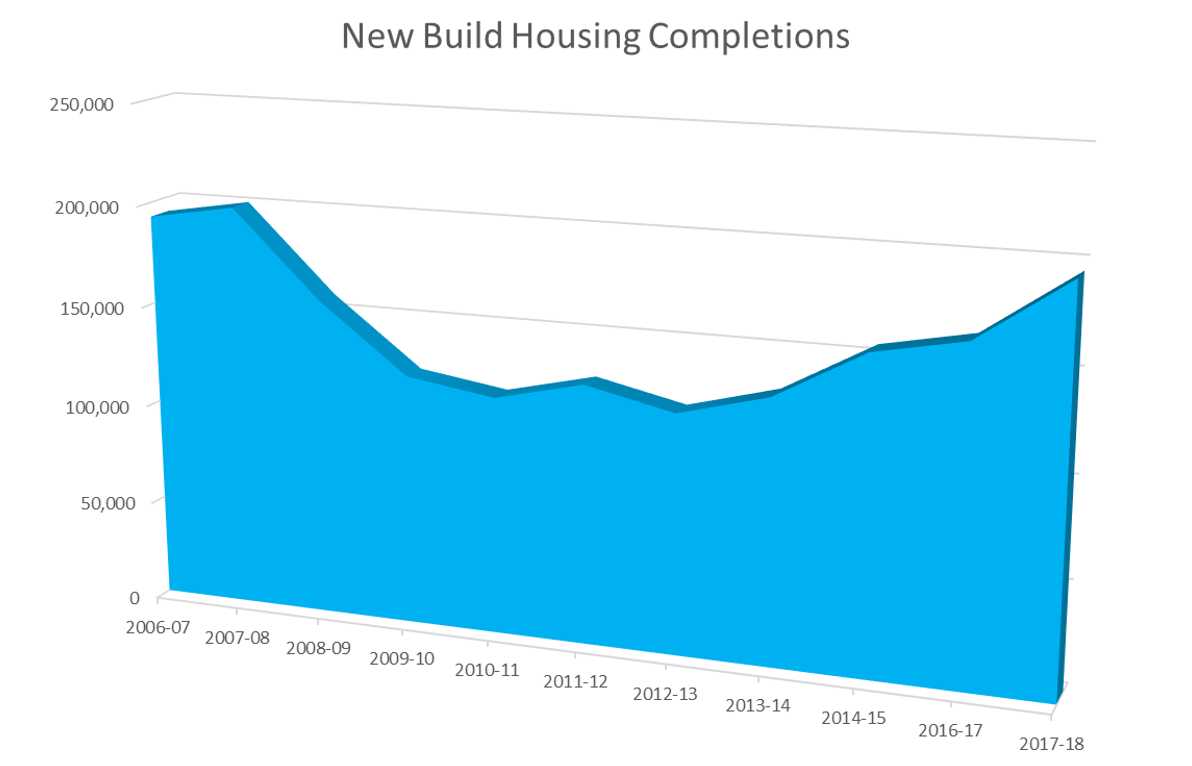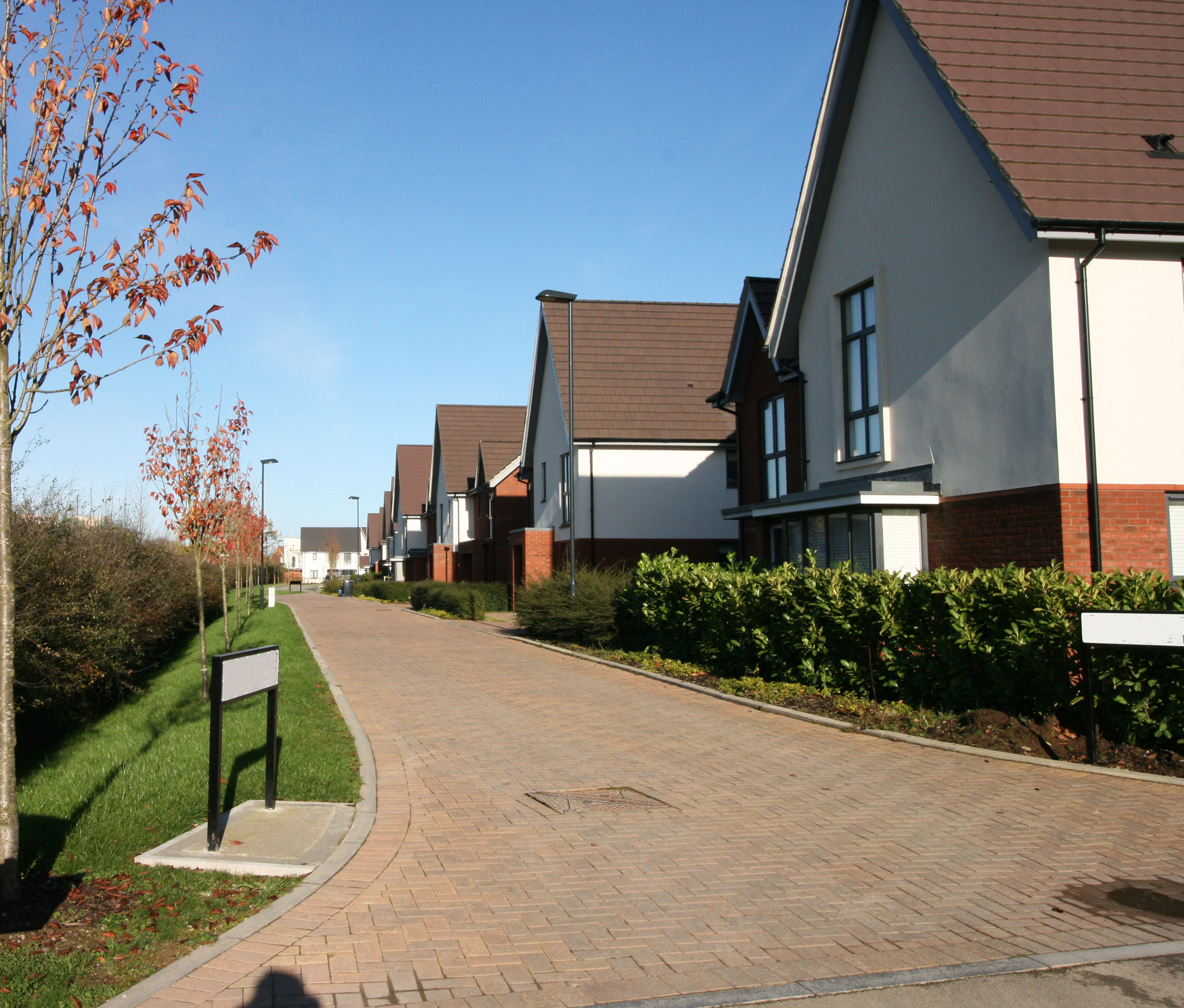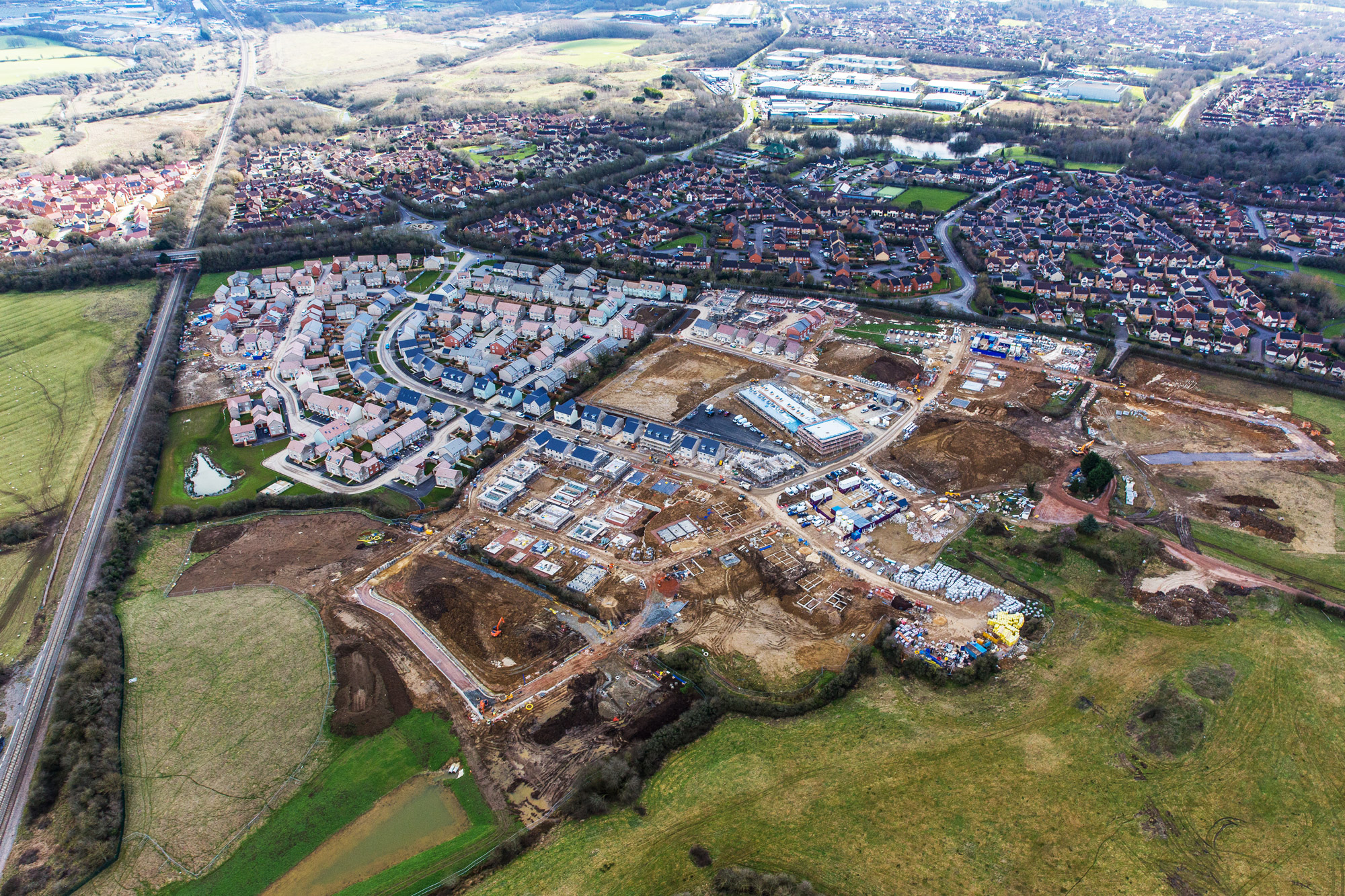Cooler Buildings
27/07/2018
With the current heatwave the UK has been experiencing this Summer and record high temperatures being recorded are our buildings designed in the best way for the potential heat for years to come with the projected/unknown climate change affects ahead?
NewScientist don’t seem to think so with their release of an article this week titled ‘Our buildings make this heatwave worse’. They go on to comment on current trends of light-weight glass buildings not being the best design solution for hot climates and inefficient standards for insulation.
The problem we have in the UK is designing houses which maximise solar gain in the winter to heat our houses in the cold weather yet minimising this effect in the summer months. It is not only the solar gain but generally how to keep the homes warm. The UK has leaned towards a colder climate and the design problem has generally been towards keeping warm rather than keeping cool. With the uncertainty and fear of the unknown with regards to our future climate driven at this current time by the recent heatwave people are focusing on staying cool; this will be the opposite story in the winter months should the same winter arrive from earlier this year.
There are clever design solutions for this and it is nothing new but future house designs need to focus on elements of subtle design more closely as out climate conditions continue to wildly fluctuate during the different seasons of the year. People tend to want natural light flowing through their homes as it makes for a much more pleasant space to experience and living in dark caves is not the solution. There is also the commercial element to this problem and designing houses that are still cost effective for consumers to purchase.
The reality of the situation is that subtle design changes need to be implemented to create more efficient and truly modern houses. It is an ever evolving process as new technology pushes the boundaries of what is affordable and achievable.
Capital Land Research & Development in conjunction with Capital & Country Homes are working on solving and identified design challenges such as these.
Photo: Simon Zachrisson
Discover More











